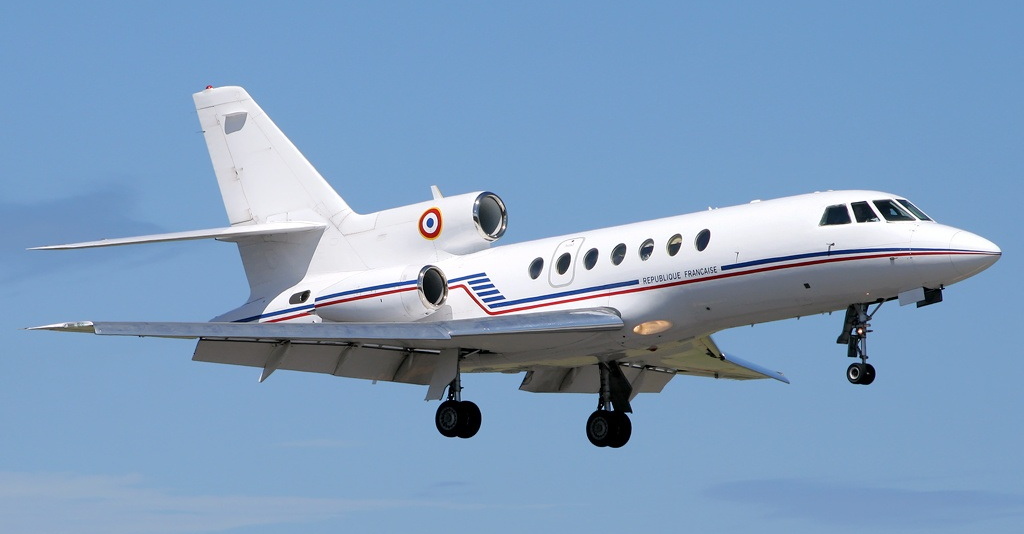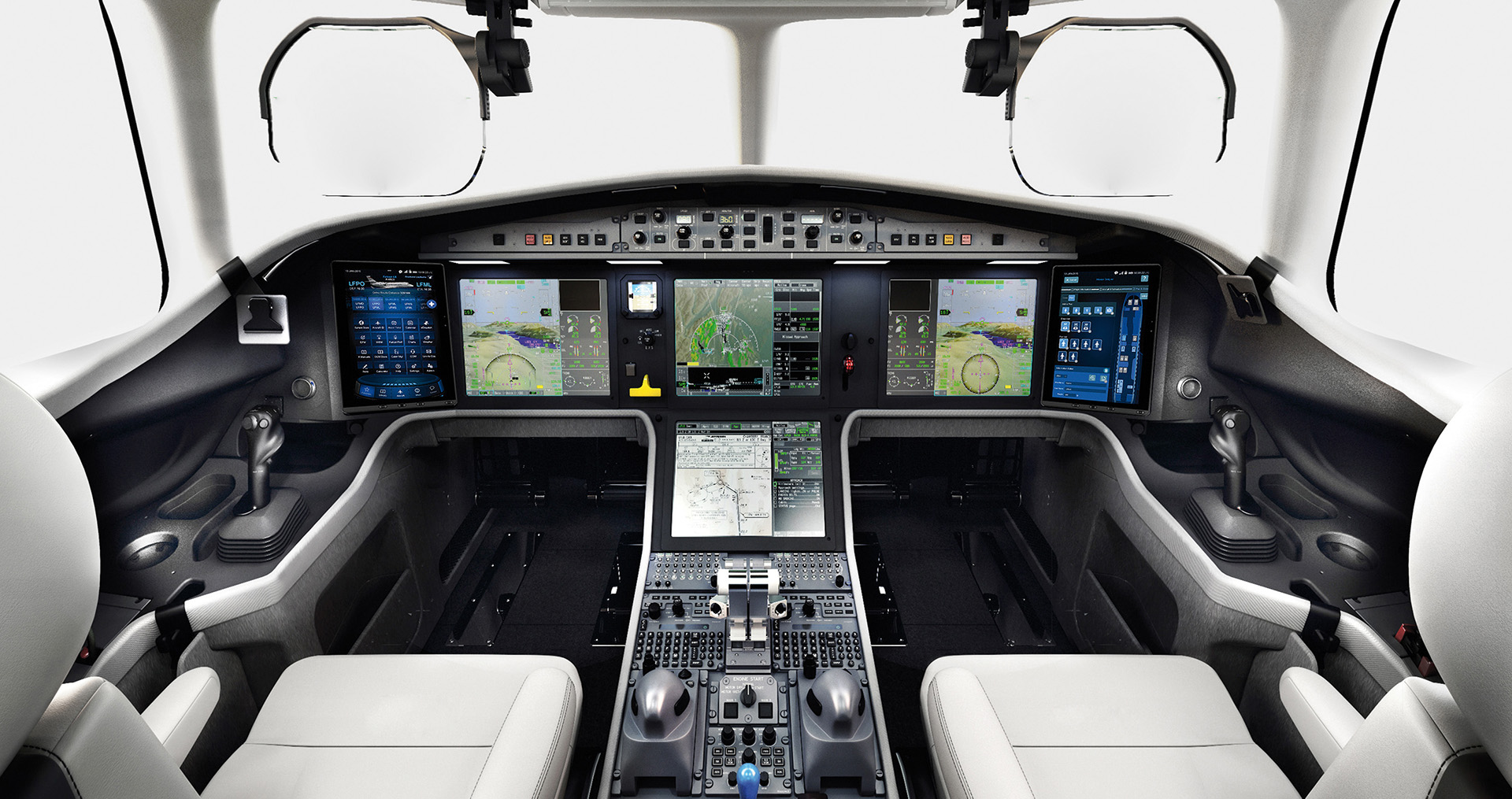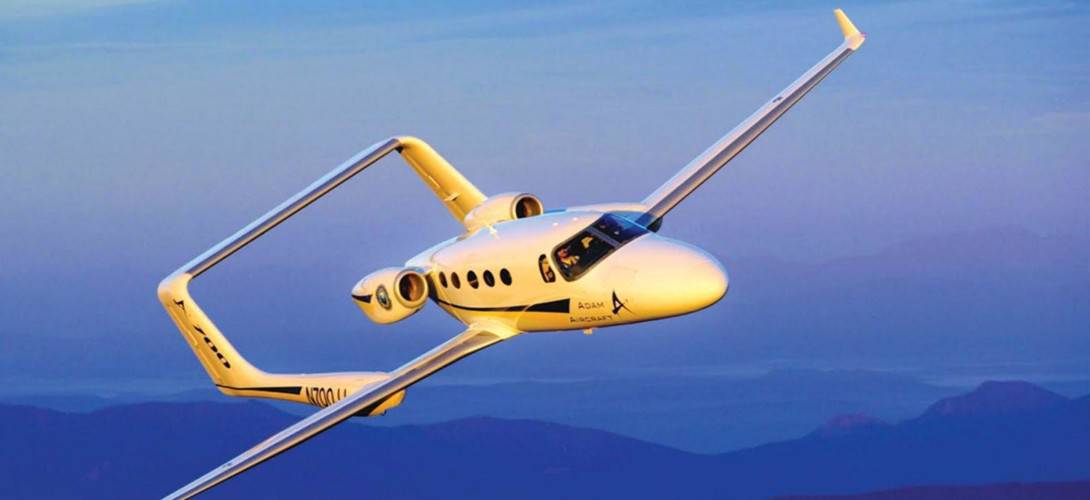Few jets stand out quite like the Dassault Falcon 50, a product of forward-thinking engineering. The Dassault Falcon 50 has established a significant legacy in the business jet industry. This French masterpiece from Dassault Aerospace is renowned for its trifecta of unmatched performance, globe-trotting range, and pioneering trijet design.
Business Aviation

Business aviation networks involve various people, companies, and organizations, including aircraft manufacturers, operators, maintenance providers, flight schools, and support businesses.
Building a business aviation social network can provide many benefits for professionals in the industry. These benefits may include the following:
Imagine flying on your own private jet, enjoying champagne and stunning views as you travel to your destination. This is not a dream reserved for the rich and famous; it is a reality you can experience with private jet travel. Private jet travel offers you a lifestyle of luxury, efficiency, and control, unlike commercial air travel. You can fly where you want, when you want, and how you want, without the hassles of crowds, delays, or restrictions. In this article, we will show you how to fly like a boss, exploring the benefits of business aviation and the various ways to access private jet services. Get ready to discover a new way of traveling that will change your life. You will fly like a boss.
Advanced avionics systems have become the cornerstone of modern aviation, profoundly impacting the industry by augmenting flight safety, operational efficiency, and situational awareness for pilots. By harnessing cutting-edge technology, avionics systems like the Symmetry Flight Deck and the EASy IV Flight Deck are pioneering a new era in business aviation. These systems integrate a myriad of features that streamline flight management, enhance navigation accuracy, and provide comprehensive visual feedback, making air travel safer and more efficient.
The Adam A 700 light business jet, a brainchild of Adam Aircraft Industries, emerged as a promising entrant in the world of very light aircraft in 2003. Its development was a result of innovative engineering, aiming to offer a higher level of convenience and performance in the realm of light business jets. However, despite its potential, the project faced numerous challenges, ultimately coming to an end in 2009.
- Flight Plan Reality Check: The Challenges of Turning a Profit by chartering out your business jet.
- Farewell to a Legend: The End of Learjet Production and the Legacy of Bill Lear
- How Innovation and Partnership Led to the Creation of the Canadair Challenger Business jet
- Aircraft that set the Stage for Corporate Aviation: A History of Early Business Aircraft



